Dairy farmer Daniel O’Donnell, Cappoquin, Co Waterford, is one of the commercial farmers who were allocated milk quota under the Greenfield Dairy Programme that started in 2010. This included the Kilkenny Greenfield tillage conversion farm and two expanding commercial farms. This article reviews five key areas that have changed for Daniel since he doubled cow numbers from 2010 to 2015.
Land farmed
In 2009 Daniel was milking 60 cows and was farming 53ha of heavy soils at a high altitude near Mount Melleray, not far from Lismore, on the Waterford side of the Tipperary-Waterford border. Daniel’s grazing platform at the time was 42ha. Hence his grazing platform stocking rate was 1.4 cows/ha and overall 1.1 cows/ha.
Today, Daniel still has a 42ha milking platform and is farming 58ha in total. He is milking 122 cows – a 2.85 cows/ha milking platform stocking rate.
What has changed in the meantime? The reason for the two biggest changes were the purchase of a 16-acre block of land near the home farm last year which milking cows will be able to graze at the shoulders of the year, but which Daniel still doesn’t count on as part of his milking platform stocking rate.
Secondly, a very wet piece of land that Daniel could not graze across the road from the parlour is now regularly available for milking cows.
Milking cows now graze the hump and hollow paddocks across from the parlour. Before, Daniel was lucky to get a few calves into these fields given they were so wet.
Buildings
Given the increasing cow numbers, existing facilities for cubicles and slurry storage were stretched to capacity. For a short while, Daniel had to improvise with topless outdoor cubicles and extended grazing on an outfarm.
Since then, Daniel has spent €60,000 net on building two new slatted tanks and extra head feeding space (pictured). This is part of a staged plan to increase cubicles further and extend the shed over the cubicles. A new bulk tank was installed at a net cost of €11,000. He still has to increase cubicle numbers, roof the new area and install a new silage pit, but Daniel and his wife Amy don’t want to do that from additional borrowings, but instead want to let cash surplus in good years fund the extra investment required.
Workload
Daniel had always been told that more cows meant more work. When I talked to Daniel this week, he said: “In the past I was always told that the bigger a farmer you are, the bigger a slave you are.
“I wouldn’t consider myself any busier and we have two kids as well now, so priorities have to change when life changes like that happen. You can’t build more work into the plan because it just doesn’t happen like that.”
Daniel now takes on a relief worker in the spring and contracts out heifer rearing and any construction jobs. Otherwise he feels work would take up any free time that he has.
Young stock
Extra calves and extra maiden heifers mean more feed is required for the winter – that’s more silage and more purchased feed, as well as the workload attached with feeding and harvesting, etc.
Also, the calf-rearing workload increases at a time when workload is peaking on a spring-calving dairy farm.
Daniel would freely admit that he went through a period over the last five years where calves weren’t reared properly and where sickness was hampering growth and weight gain of young calves and weanlings. He decided to contract-rear heifer replacements so now they leave the farm at four weeks old and come back in November prior to calving in February at two years old.
Milk production
In 2010, Daniel delivered 273,000 litres at 4.17% fat and 3.58% protein, which is 21,880kg of milk solids. This year, although yield per cow has declined as numbers have increased, the farm has sold to the end of October 541,771 litres at 3.75% protein and 4.51% fat, which is 46,100kg MS. The 2015 milk yield performance has been delivered on grazed grass and feeding 560kg of concentrate purchased per cow – the same amount of feed that was fed per cow in 2010.












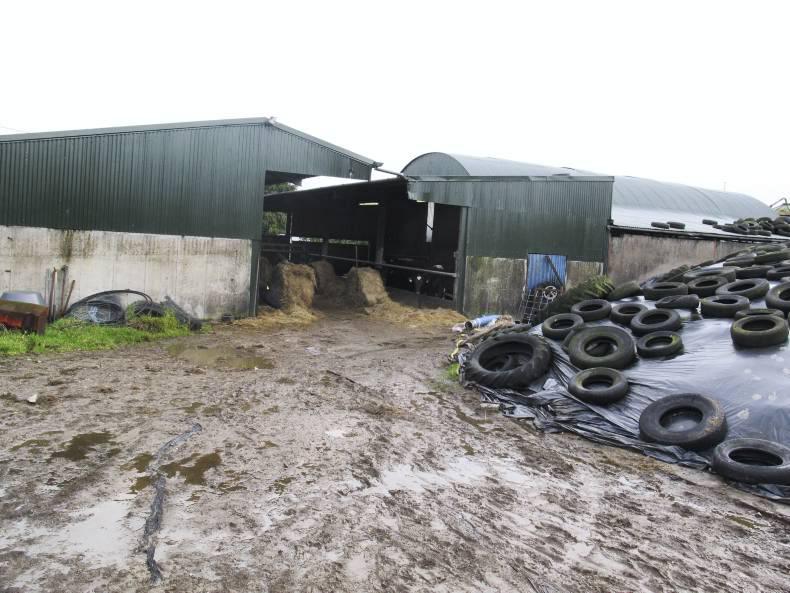
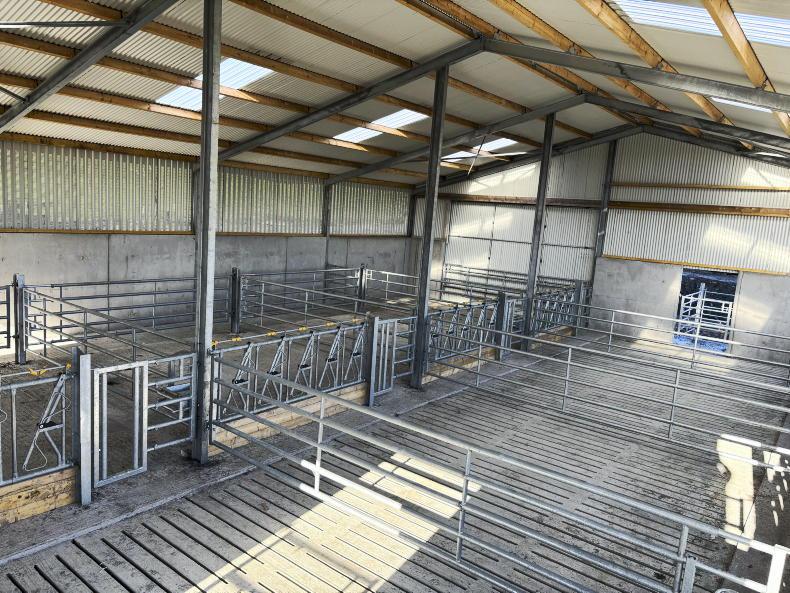

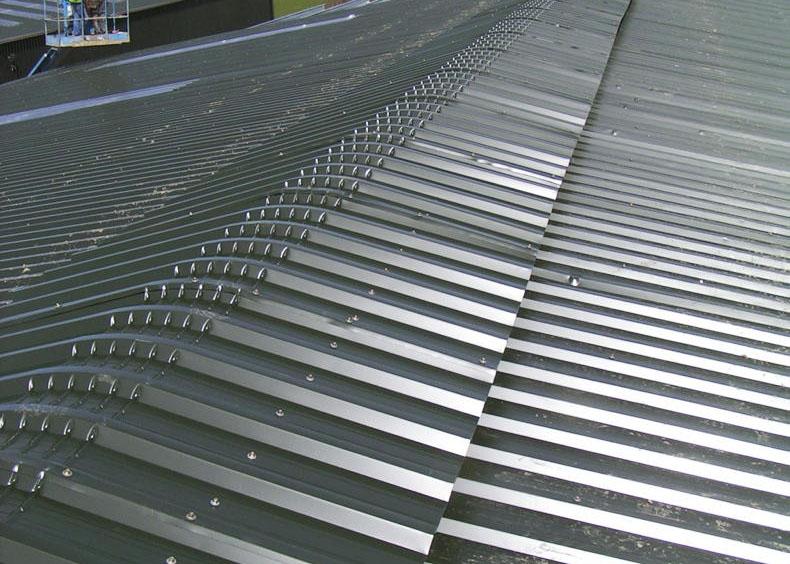
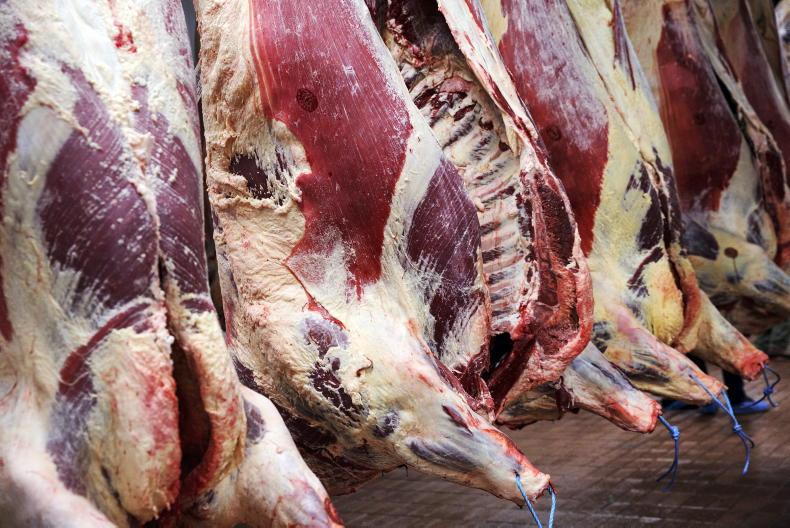
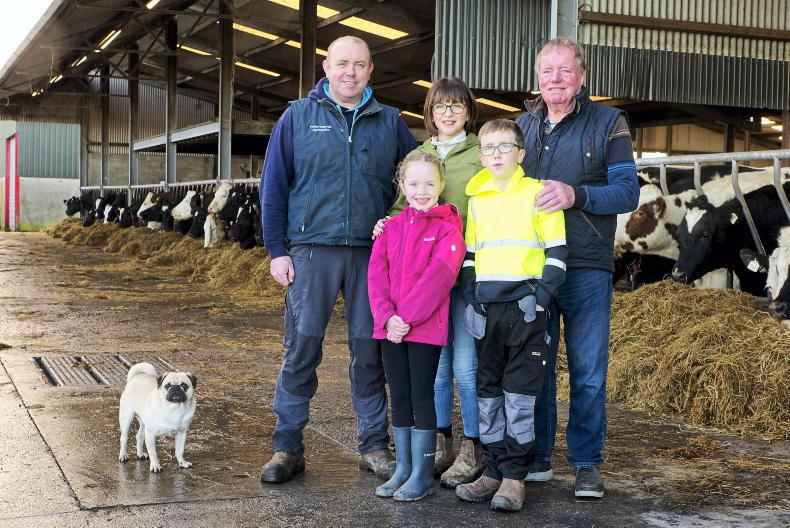
SHARING OPTIONS